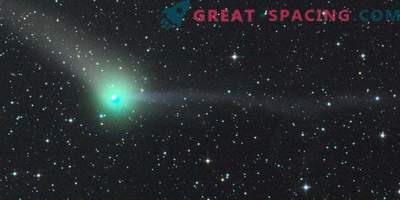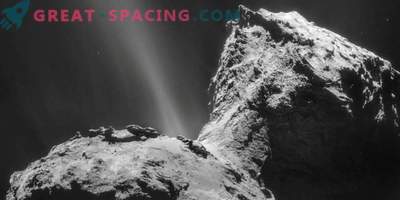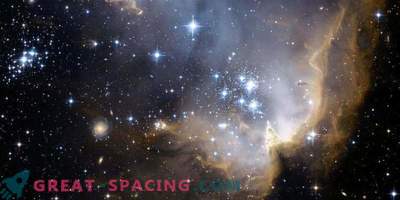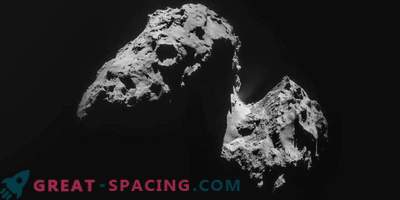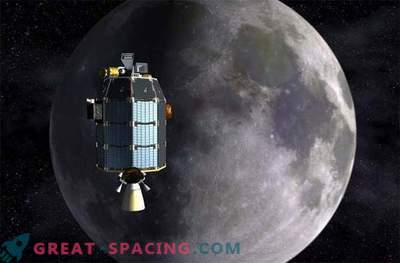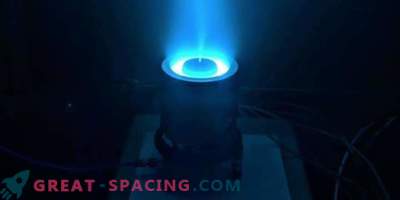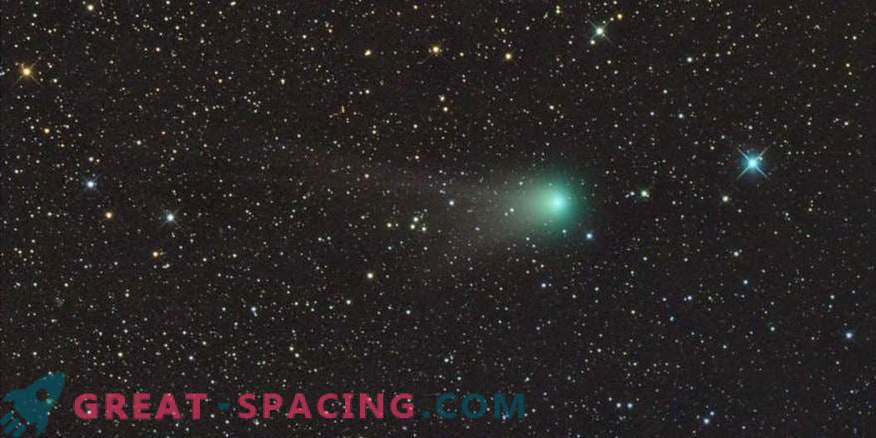
Scientists are developing a methodology for calculating the ratio of dust and gas in coma and tails of comets. This will allow you to better learn the history of the solar system and its development. Also tells about the processes that participated in different stages of universal evolution.
One of the fundamental problems of modern astrophysics is to assess the reflectivity of cosmic dust particles and their ability to scatter starlight. To do this, researchers use the optical characteristics of dust particles in the coma and tails of comets. The developed methodology is based on the Umov effect - the inverse correlation between the reflectivity of the body and the degree of linear polarization of the light scattered by it. The brighter the object, the lower its polarization. This ratio was first formulated in 1905 by the Russian physicist Nikolai Umov.
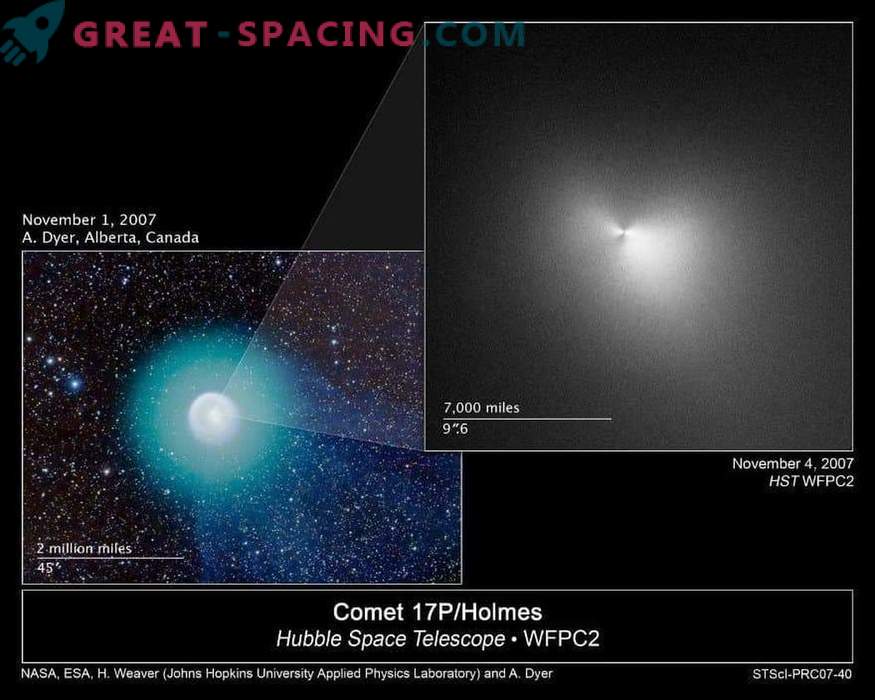
Comet 17P / Holmes, seen in the Hubble Space Telescope
The Umov effect was previously studied only for surfaces, such as lunar regolith or asteroids. The explanation given in the 1960s and 1970s excluded the application to the individual dust particles that make up the regolith. But the team decided that the Umov effect is almost equally applicable both to individual particles and to surfaces in general.
Previously, the researchers concluded that the Umov effect persists in a uniform, resolved cloud of cosmic dust. It has been suggested that this physical effect can also be applied to the clouds characteristic of coma and tails of comets, represented by two types of dust particles. It is also expected that the Umov effect will be observed in three-component clouds of cosmic dust, which is characteristic of protoplanetary disks. By studying the degree of linear polarization acquired by sunlight when it is scattered by cometary dust particles, scientists are able to provide a reliable estimate of the albedo of particles (reflectivity). This characteristic is important for deriving total dust displaced from the comet. The latter parameter allows improving existing methods for estimating the volume ratio of dust to gas in cometary lumps. This is one of the most important characteristics of cometary evolution, capable of pointing to a place in the solar system where the comet was formed.
It is much more difficult to determine the amount of dust in a comet than gas. When measuring sunlight reflected by a coma, it is necessary to understand the amount of dust particles contributing to scattering. But different particles differ in behavior, and the difference in the reflectivity of dark and bright particles in comets can exceed 10 times. A similar problem arises in other astrophysical areas, such as estimates of the volume of matter in protoplanetary disks around foreign stars.
In the future, there is still much to discover. Achieving a breakthrough will require collaboration between astrophysicist groups from around the world. An analysis methodology based on the Umov effect will help to understand the formation and evolution of other planetary systems, as well as the solar system.
